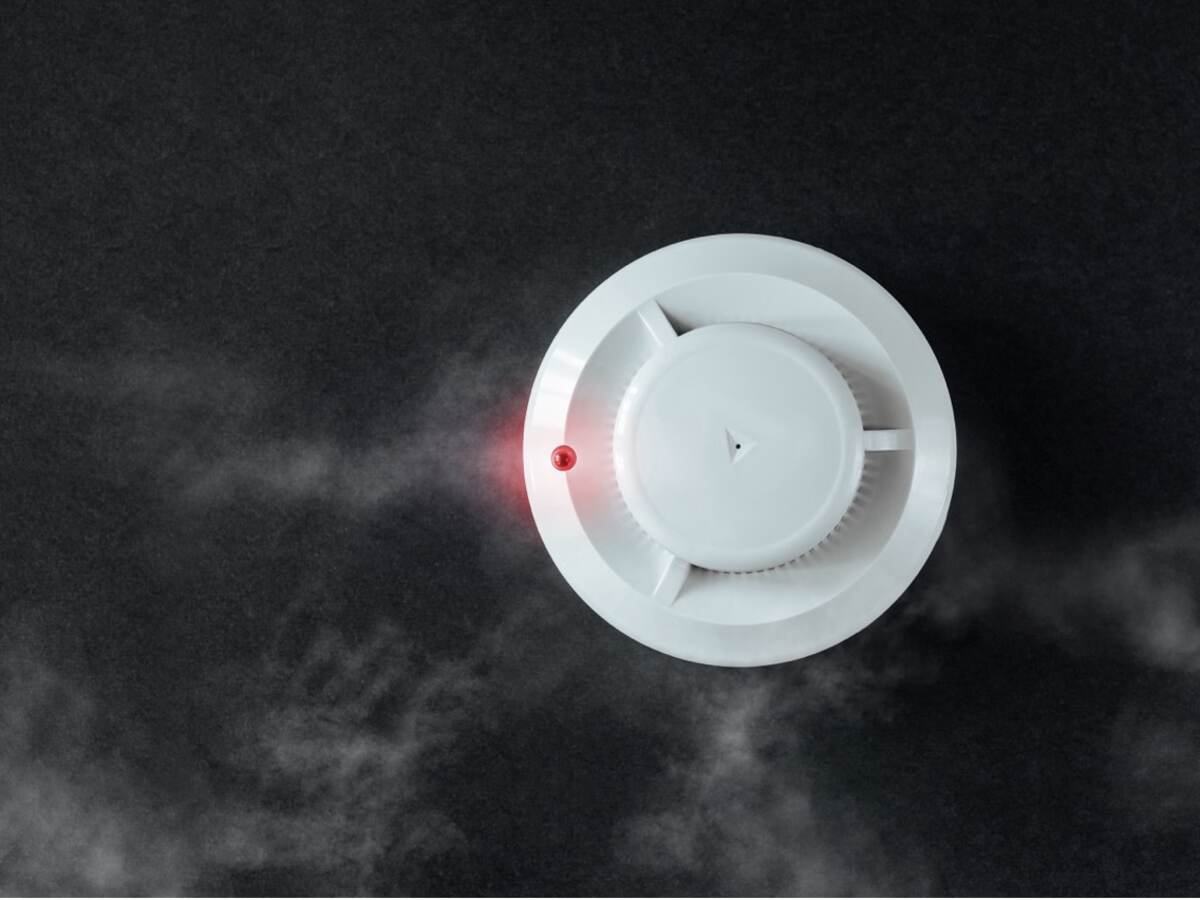October 11, 2024
It’s Fire Prevention WeekTM, and UL Research Institutes, UL Standards & Engagement and UL Solutions are emphasizing the importance of updated smoke alarm and detector requirements, which require that new models of these life-saving devices be engineered to reduce cooking-related nuisance alarms and provide enhanced detection of smoke more prevalent in today’s fires.
Smoke alarms meeting the updated requirements are now available to consumers, and Fire Prevention Week gives another opportunity to continue outreach.
Collaboration among UL Research Institutes (ULRI), UL Standards & Engagement (ULSE) and UL Solutions — each an independent organization — led to work on the new standard, the 8th edition of UL 217, the Standard for Safety of Smoke Alarms, effective for devices being tested as of June 30. Smoke alarms must now meet the updated requirements to be certified and carry the UL Certification Mark.
The three independent organizations are united by one mission — working for a safer world. UL Research Institutes advances safety science by sensing risk and conducting rigorous independent research that accelerates discoveries. UL Standards & Engagement mobilizes that powerful science into action through advocacy and standards. UL Solutions brings safety science to life, helping businesses confidently solve pressing challenges and innovate.
A key goal for the new generation of smoke alarms is to prevent consumers from intentionally disabling their smoke alarms. Nuisance alarms, often triggered by cooking, are frequently cited as a reason that people remove batteries or disconnect a power supply, then forget they’ve done so, putting themselves unprotected and at serious risk. Nuisance alarms can also prompt unnecessary responses from local fire departments.
“Nuisance alarms, commonly caused by cooking, can sometimes result in consumers removing the battery or disconnecting the device — creating considerable fire safety risks in the event of an actual fire,” said Dwayne Sloan, technical director of the Built Environment group at UL Solutions. “The fire science community found ways to help address this challenge through new testing and certification requirements. Manufacturers have incorporated new innovations that can help protect people and property.”
Research has also shown that housefires are more dangerous today than in the past, due to the flammability and lighter weight of modern construction materials. Additionally, the trend of open floor plans in homes contributes to a fire spreading more quickly.
Research conducted by ULRI’s Fire Safety Research Institute shows that people currently have three minutes or less to exit a home following the activation of a smoke alarm.
“Forty years ago, people had 17 minutes to escape their homes in the event of a fire,” said Steve Kerber, vice president and executive director of the FSRI at UL Research Institutes. “Today, fire is faster due to synthetic materials in furnishings and building materials and more open floor plans, leaving people with less time to escape. Every second counts.”
UL Standards & Engagement convened numerous industry stakeholders to collaborate on research and analysis to revise UL 217.
“We worked with a committee of fire and alarm industry experts, manufacturers, regulators, and other professionals, to ensure smoke alarms are designed and manufactured with improved sensing technology that can differentiate between cooking smoke and early signs of a home fire,” said Diane Haithcock, director of standards programs at UL Standards & Engagement.
ULRI, ULSE and UL Solutions are actively engaging with key media outlets to raise consumer awareness about the critical role of smoke alarms and detectors in fire safety. ULSE recently published a helpful article on avoiding nuisance alarms.
The first UL Standard for Smoke Alarms was authored on Jan. 2, 1976.
Fire Prevention Week is observed each year in October by the National Fire Protection Association®.
Learn more about smoke alarms.

